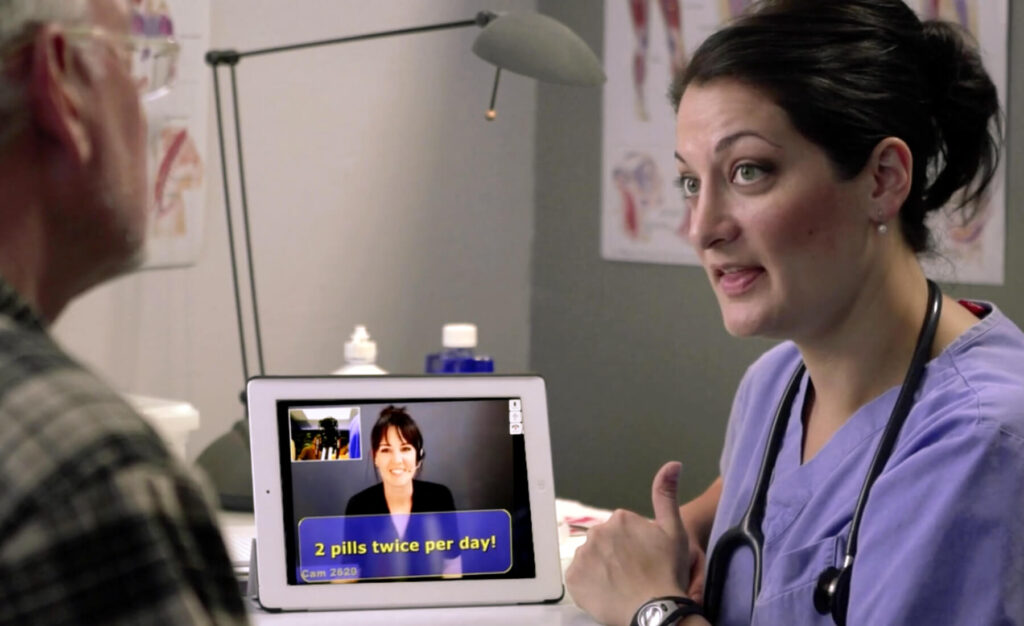Many countries these days are multicultural and multilingual but there may still be an expectation that new immigrants or visitors have to speak and understand the main language of that country. Some countries are guiltier of this than others. All the main English language nations, like the U.S. Britain, Canada (of course, Canada is supposed to be bilingual), Australia, and New Zealand have a greater expectation that their immigrant population understands English.
This is far from being the situation. Many new immigrants, especially those who are refugees or family members who have come to live with younger immigrants, cannot speak English well or even at all. So how does the concerned professional, for instance in a hospital, cope with a situation when there is no interpreter or translator available?
One way around the problem of communication is for the hospital or other government agencies which is providing services for non-English speaking new immigrants to use document translation services provide to prepare posters and leaflets in the main immigrant languages on what is available and what they have to do if they want to use the service.
All English language countries these days have a good number of professional translation services that can provide these sorts of services. In Australia, for instance, there are good translation services in Sydney and similar translation services in Melbourne, as well as all the other main centers in that country that are able and willing to offer translation services to meet the needs of patients who visit a doctor or a hospital.
There comes the point when a nurse or doctor just has to do their best when communicating with someone who doesn’t speak English and there is no one around to help interpret. Sometimes an older person who has a health issue might bring along a younger relative to do the translation and this may seem a little strange for the health professional who is not used to dealing with anyone except the patient.
Talking slowly and clearly and using language that avoids technical terms and idiomatic expressions helps. It’s not that the patient is unintelligent, it’s just that English is a difficult language to learn and it’s often hard for the native English speaker to appreciate that the non-English speaker is struggling to understand.
One must also be aware of cultural idiosyncrasies. Many non-English speakers may seem to show their understanding by nodding their heads or smiling and saying “Yes” but really haven’t a clue what you are trying to say!
There are no easy solutions, but persistence and patience always help. Try some open-ended questions to test whether your patients really understand what you are saying or try writing a question in simple English on a piece of paper. It may be that the patient can understand written English more easily than the spoken version, especially if you speak with a regional accent.




















